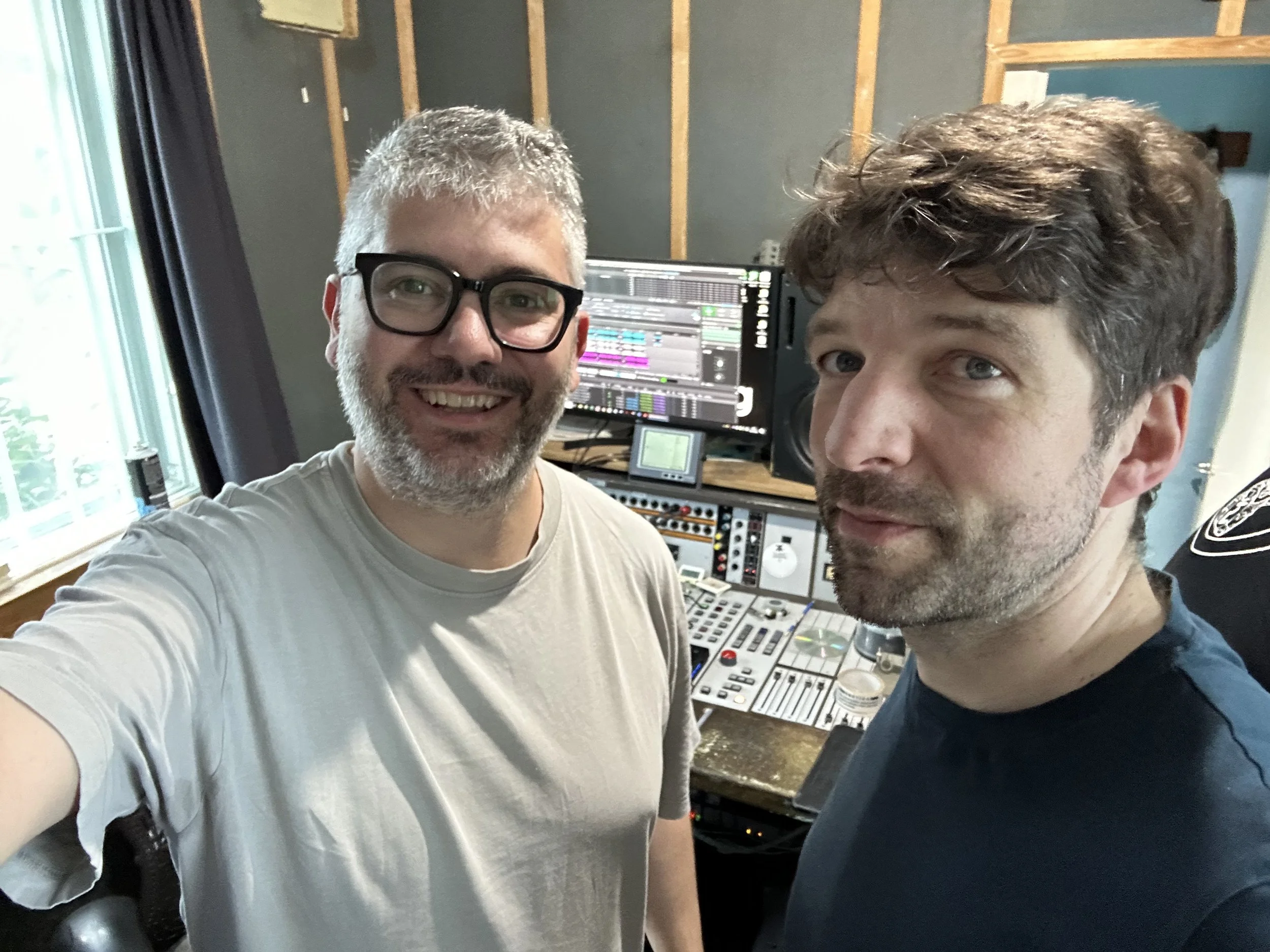Blog Post Title 2…
So I have had to go to a different part of SquareSpace to write this excerpt. Most counterintuitive imo.
So there is more text here.
Of course of course.
But where does this text go?
DBC001 Mastering Day
Visiting the mastering studio was a genuinely thrilling experience—one of those moments where the air feels a little more charged, where every sound, every light on a rack unit, seems to hum with potential. Even before stepping inside, I felt the weight of it—this was the final stage, the last creative hands on the music before it met the world.
Visiting the mastering studio was a genuinely thrilling experience—one of those moments where the air feels a little more charged, where every sound, every light on a rack unit, seems to hum with potential. Even before stepping inside, I felt the weight of it—this was the final stage, the last creative hands on the music before it met the world.
The studio itself was tucked away like a secret, almost unassuming from the outside. But the moment I crossed the threshold, I was immersed in a world of sound precision and analog magic. The room was acoustically treated to perfection—walls lined with soft diffusion panels and bass traps, the air unnaturally still and focused, like entering a temple of listening.
Deskbound Complex at Transition Studios
And then… the gear.
Everywhere I looked, there were racks upon racks of beautiful, intimidating hardware—gleaming silver-faced compressors, EQs with glowing VU meters, vintage tube limiters, and ultra-clean converters. Names like Manley, Avalon, SPL, Shadow Hills, Dangerous Music… the stuff of legend. There was a kind of reverence in how the equipment was laid out—each piece chosen for a specific role, each with its own tonal fingerprint.
The mastering engineer was calm, focused, and deeply knowledgeable. You could tell they’d spent years with this gear, not just using it but understanding it—how it reacted to different frequencies, how subtle changes in gain structure could bring a track to life or smooth out harshness. I watched as they made micro-adjustments with absolute intent, never rushing, always listening. The contrast between the musicality of the tracks and the clinical precision of the process was electric.
One of the most exciting parts was hearing my own track played through those monitors—true mastering-grade speakers that revealed everything. Things I had never noticed in the mix suddenly came alive: the stereo image was wider, the bass tighter, the highs sparkled without being harsh. It was like hearing the music in 4K for the first time.
At one point, the engineer swapped between analog gear and a digital chain, and the difference in texture was subtle but deeply felt—like switching between canvas and film. The depth and warmth added by the hardware was something that plugins only try to replicate. It wasn’t about making things louder; it was about giving the music its final polish, the final coat of varnish before it left the workshop.
Being in that room, watching the process unfold, felt like being part of something important. Not just because it was the final step of the project, but because it reminded me that mastering is an art form in its own right. A balancing act of technical know-how, sonic taste, and restraint.
I left buzzing with ideas and newfound respect for what mastering can do. It’s not just “finishing” a track—it’s elevating it. And I can’t wait to go back.



